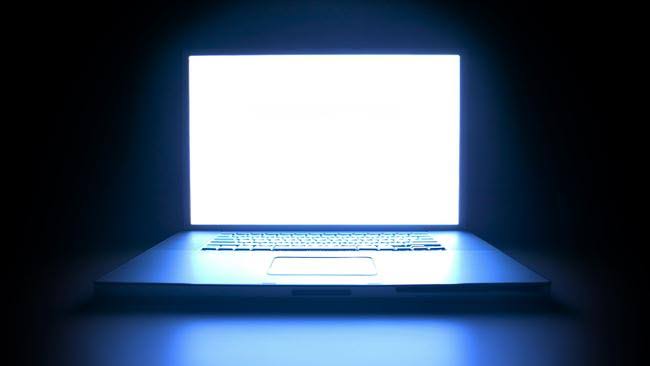
Dealing with a computer screen that is too bright can be discomforting, but there are various methods to adjust the brightness settings and make it more visually comfortable. Here's a comprehensive guide to help you resolve the issue:
- Use Monitor Buttons/Menu:
Many monitors have physical buttons or a menu system that allows you to adjust brightness directly on the monitor. Refer to your monitor's manual to locate these controls and make adjustments accordingly. - Adjust Brightness in System Settings:
On Windows, right-click on the desktop and select "Display settings." You'll find a slider labeled "Change brightness" that you can adjust to your preference. On macOS, go to "System Preferences" > "Displays" and use the brightness slider. - Use Keyboard Shortcuts:
Some laptops have dedicated function keys to adjust screen brightness. Look for symbols like a sun or a lightbulb on your keyboard. Usually, you can adjust brightness by holding down the "Fn" key and using these function keys. - Update Graphics Drivers:
Outdated or incompatible graphics drivers might contribute to display issues. Update your graphics drivers to the latest version from the manufacturer's website, whether it's NVIDIA, AMD, or Intel. - Night Mode or Blue Light Filters:
Many operating systems offer a night mode or blue light filter option. Enabling this feature reduces the amount of blue light emitted by the screen, making it easier on the eyes, especially in low-light conditions. On Windows, it's called Night Light, and on macOS, it's Night Shift. - Calibrate Display Colors:
Perform a color calibration to ensure your display colors are accurate and comfortable. On Windows, you can access the Color Calibration tool through the Control Panel. On macOS, go to "System Preferences" > "Displays" > "Color" and choose the "Calibrate" option. - Check Power Settings:
Some laptops may adjust screen brightness based on power settings. Make sure your power plan is configured to allow manual brightness adjustments. On Windows, you can find this in “Power & sleep settings.” - Use Third-Party Software:
Consider using third-party software that allows more advanced control over brightness and color temperature. Apps like f.lux or Redshift can dynamically adjust your screen based on the time of day. - Inspect Ambient Lighting:
The surrounding ambient lighting can affect how bright your screen appears. Adjusting room lighting or repositioning your monitor to reduce glare can make a significant difference. - Inspect Monitor Settings:
Check your monitor's menu for additional settings related to brightness, contrast, and color temperature. Some monitors have specific presets or modes that may enhance your viewing experience. - Hardware Calibration:
Some high-end monitors come with built-in hardware calibration tools. Refer to your monitor's manual to explore and utilize these features for precise adjustments. - Consider Screen Filters:
Physical screen filters or anti-glare screens can be applied to your monitor to reduce brightness and minimize reflections. These are especially useful in well-lit environments.
By implementing these steps, you can customize your computer screen's brightness to a level that suits your comfort and viewing conditions. If the issue persists or if you have specific requirements, it's advisable to refer to your monitor's documentation or seek assistance from the manufacturer's support.